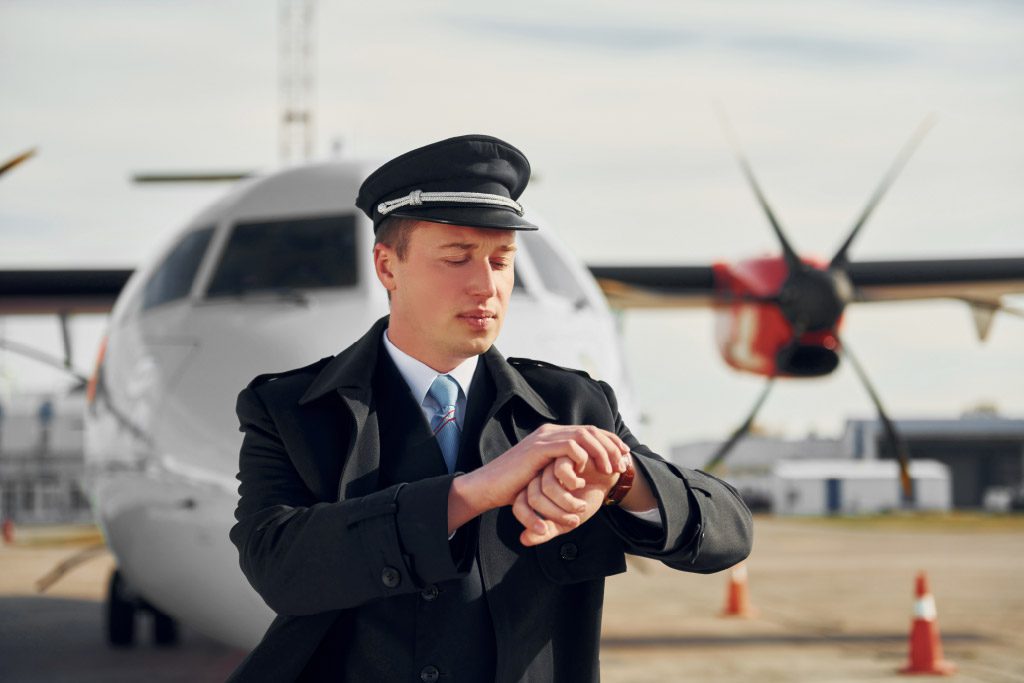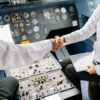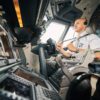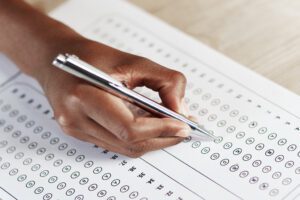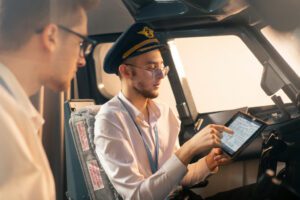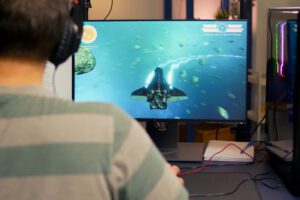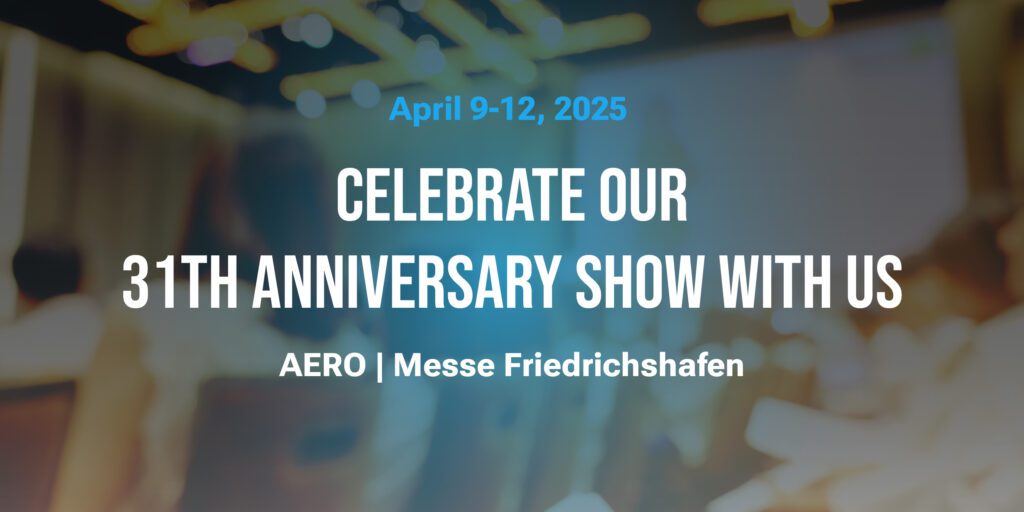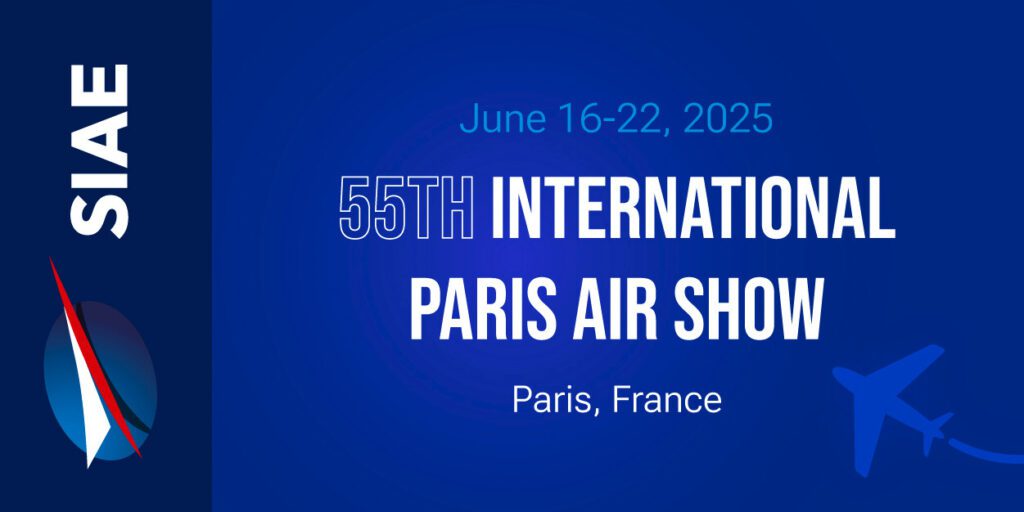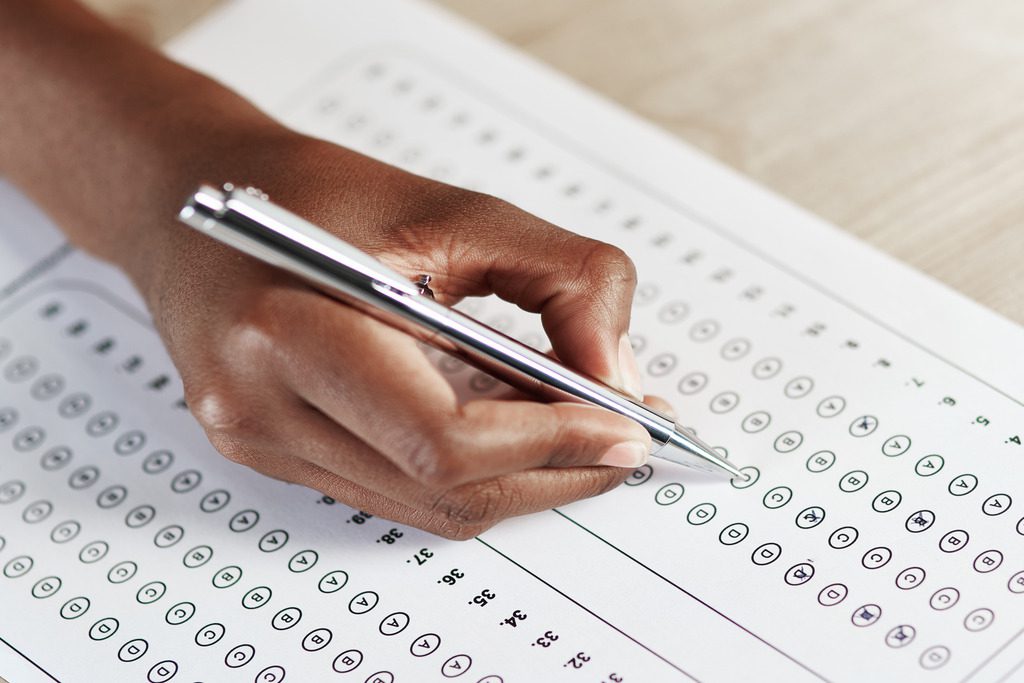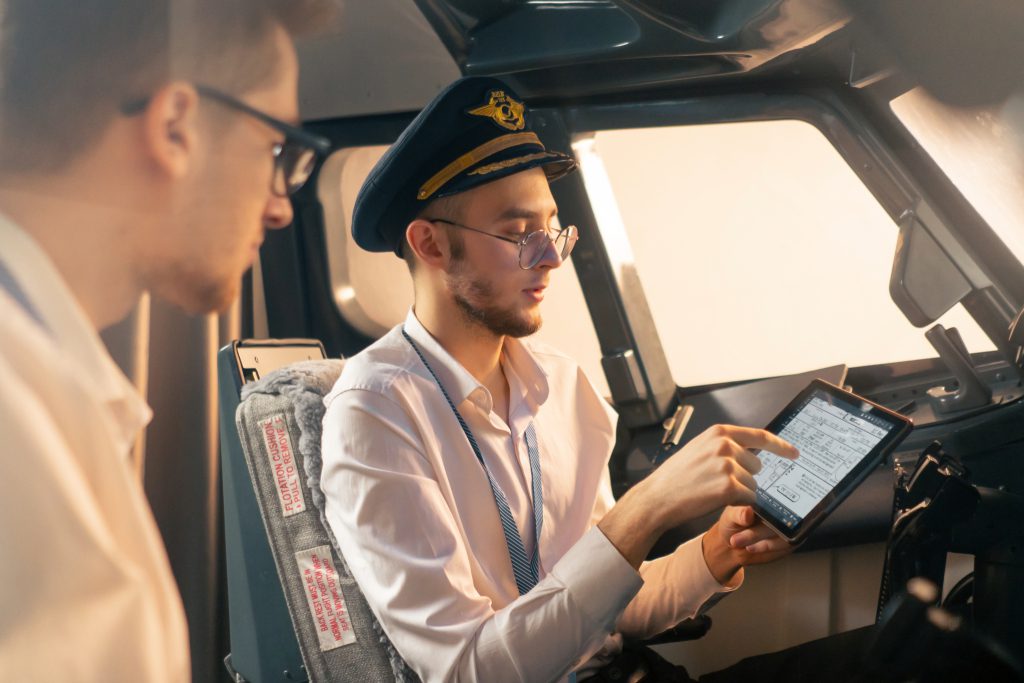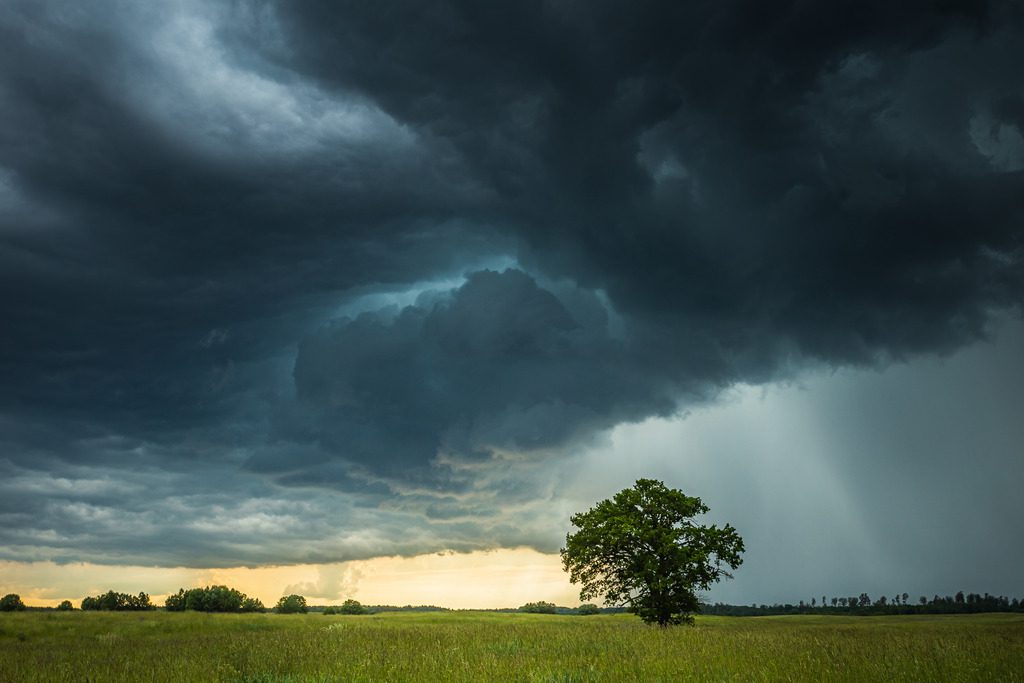Becoming an airline pilot is a process that involves balancing a skill set with sheer hard work as well as the most time spent flying. The number of hours required will be dependent on the pilot certificate in question, the training route followed, and the set objectives. Let’s examine several landmarks of this process and the approximate time needed to reach them.
Student Pilot: Zero Hours To Start
As surprising as it may sound, if you are a first-step beginner working towards a student pilot certificate, you do not require any flight hours. A flying certificate is not a prerequisite for flying lessons, it is needed when one is about to do a solo flight.
How many hours of training are needed to be ready for that first solo? It is not standardized. Some students reach this stage after taking less than 10 hours of training, while other students may take as much as 40 hours. Various aspects, such as one’s ability, frequency of lessons, and the standard of the teacher, affect this.
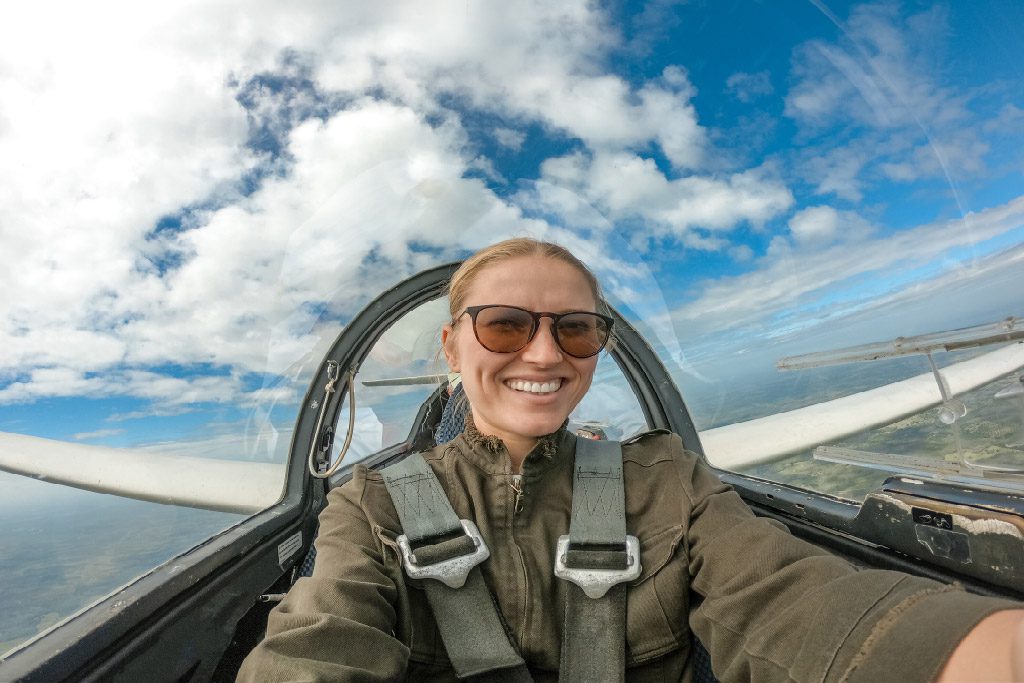
Sport Pilot: 20 hours minimum
A sport pilot certificate is an easy option for those who go flying for pleasure. With this license, you may fly light sport aircraft, gliders, balloons, or gyroplanes. The FAA demands 20 hours minimum, consisting of 15 hours of combat flight instruction and 5 hours of solo combat flight. Please note that this minimum is concerning airplanes; other types of aircraft may be slightly less in this respect.
Recreational Pilot: 30 hours minimum
In comparison to a sport pilot certificate, which is its predecessor, a recreational pilot license allows the operation of larger and more powerful airplanes. This on the other hand, calls for at least 30 hours of flight hours to be achieved with: a) 15 hours of teaching, b) 3 hours of solo flight, and c) 2 hours of cross-country flying.
Private Pilot: 35-40 hours minimum
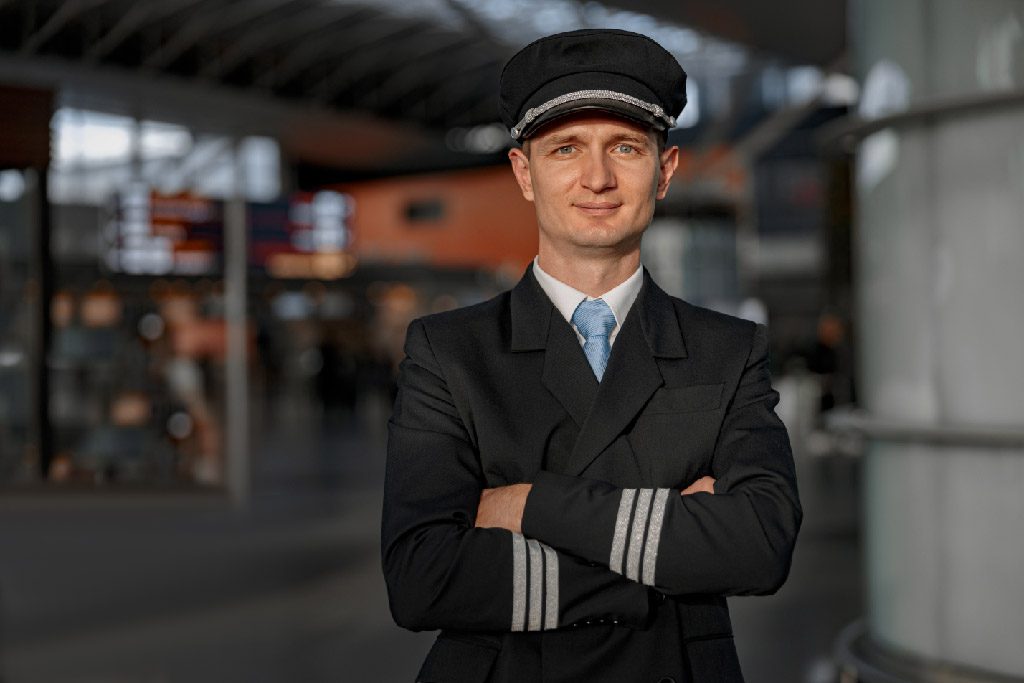
In most cases, aspiring pilots get a PPL which can be done in the following ways for consistent results. 35 hours at a Part 141 flight school. For the other way, 40 hours at a Part 61 flight school. The two include at least 20 hours of instruction and a unique mixture of solo and cross-country flight. It is worth noting however that most do take longer than this with the most common numbers being 50-70 hours.
Commercial Pilot: Minimum 190-250 Hours
To receive compensation for flying, a CPL is needed. Depending on the type of flight school, the hour requirement is as follows:
- 250 hours for Part 61 programs.
- 190 hours for Part 141 programs.
Airline Transport Pilot (ATP): 750-1,500 Hours
An ATP certificate needs the highest number of flight hours. Such a license is a prerequisite to becoming an airline captain; 750 hours are for military pilots 1,000 hours are for baccalaureates in aviation from a FAA accredited school 1,250 hours are for aeronautics with an associate degree 1,500 hours are for people with only the CPL who haven’t served in the military nor attended academic institutions and had such reductions.
The primary goal of this strenuous requirement is to make sure that airline captains have the adequate amount of experience needed to command an aircraft during intricate situations. You can read more details about becoming an airline transport pilot in Pilot Institute’s article.
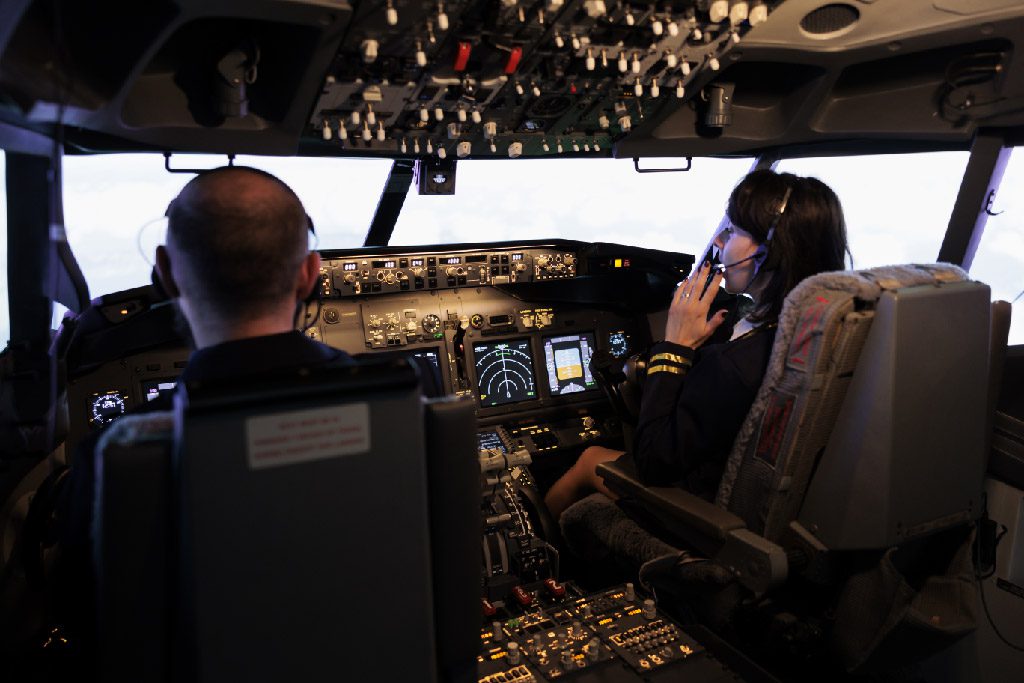
Flight Instructor: 25 Hours Continuing Late After CPL
CFI is also the standard method of gaining hours. Further, after attaining a CPL, the additional CFI certification includes a 25 training hour framework.
Instructors, in most cases, accumulate around 40-100 hours of flight time in a month. This way is one of the quickest to acquire flying time as well as the skills necessary to be a teacher in the future.
Global Variations in Requirements
America requires 1500 flight hours whereas other parts of the world range from 200-250 hours for a commercial license.
Europe (EASA) – This involves approximately 200 hours for a Commercial Pilot Certificate which is usually achieved using integrated programs within the industry.
China – Their country is similar to Europe as they also have simplified training structures and time frames.
The Bottom Line
Becoming a pilot can be a rather lengthy process however, if not all reward one with numerous opportunities. Americans in the process of certification do not need to fly below the established estimates. This is to ensure that there is no radical part of American society that does not get qualified.
You can reduce your hours and increase the quality of your training by flying regularly, planning, and making calculated decisions. No matter what route you choose, the sky’s the limit—happy flying on your aviation journey!

